Coronavirus: 10 Tips for Ecommerce Shopping & Feeds

To help an anxious person, there are several better options than telling them to “calm down.” For example, you can offer to listen, empathize, or offer to help. We shouldn’t pretend that everything is normal with the onset of the COVID-19 virus.
But I firmly believe that our best work is done when we face big challenges. We’ve survived tough times by forging and maintaining strong relationships while promoting data-driven mindsets. Great relationships and good data will help us all work through the challenges to come.
Here’s a list of 10 tips our experts at Tinuiti recommend for ecommerce and Google Shopping advertisers during the COVID-19 epidemic:
When comparing digital marketing to TV advertising, digital programs typically have transparent numbers. There is no black box. In a post-COVID-19 world, digital programs will still have transparent numbers.
It will be tempting to predict, diagnose and / or jump to conclusions. We all need to be responsible for first looking at the data, sharing the important numbers and calling out how the numbers are changing.
Shopping ads account for over 60% of retail paid search marketing traffic. According to Merkle’s Q4 2019 report, when it comes to nonbranded search tactics (where merchants typically acquire new customers), Shopping ads make up 80% to 90% of ad spend and click traffic.
Shopping programs are uniquely positioned to offer perspective on the consumer demand and acquisition side of things, while much of the industry is focused on brand messaging, sensitivity and awareness.
Google offers a metric called impression share that will be very helpful during this time. There is usually a 2-day lag in the reporting. The metric looks at the ad impressions you get from a campaign/ad group/product group, or product category and divides that number by the amount of ad impressions you could get.
The underrated aspect of this metric is that you can use basic math (Impressions divided by Impression Share) to get an estimate of the available impressions – a metric you can use to gauge consumer demand for your product categories and answer questions like, “What things are people still searching for and interested in buying?”
In the below example, you can see that it’s easy to look at the data from Friday through Sunday and see a downward trend compared to the previous week.
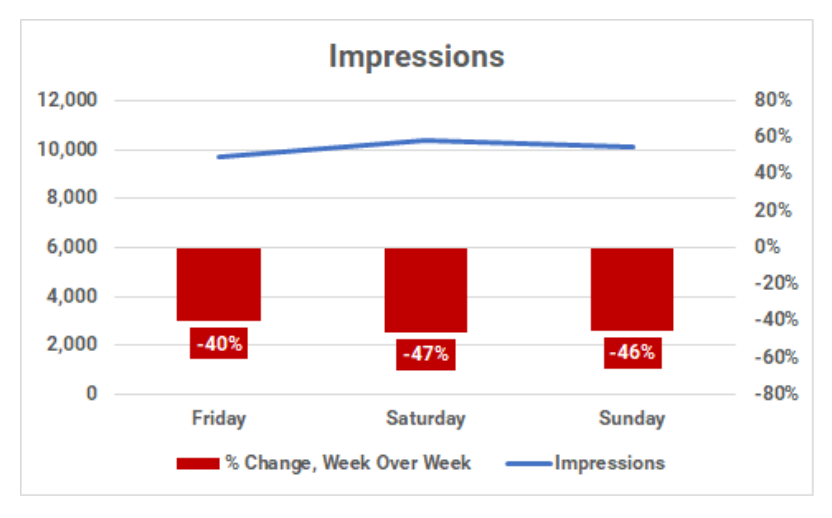
This data comes alive when I use the Impression Share metric to estimate Available Impressions comparing the same time frame.
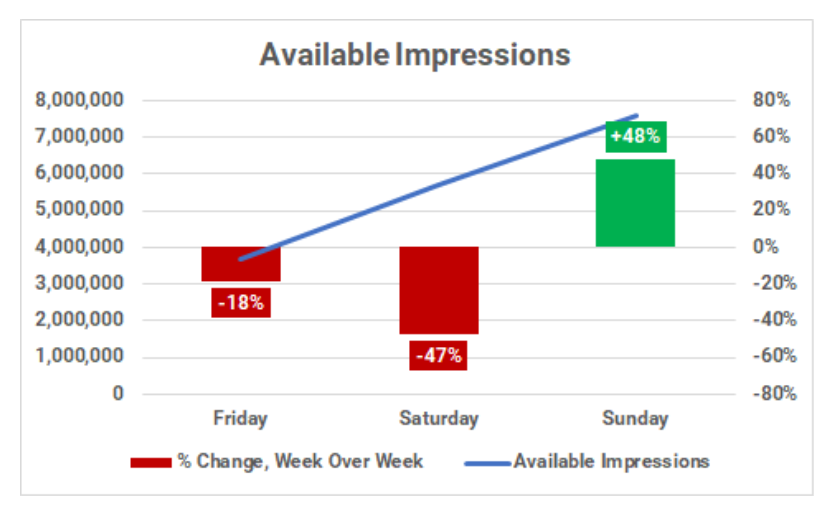
Now I can see that on Sunday there were actually more ad impressions available compared to the previous Sunday. This signals that consumer searches were trending upward on Sunday and contradicts the first hypothesis we had that the downward trend in impressions was just business demand trending down.
Follow trends like this closely and make sure your bids are strong enough to capture increased demand when it comes.
Google also gives you auction insights to gain visibility into competitors’ impression share. It is helpful to see what your competitors, as well as huge retailers like Amazon, Walmart, and Target, are doing as you try to make marketing decisions about where to invest and how much to invest right now.
You can even segment this data by day.
Additionally, Google Shopping gives you several more competitive metrics.
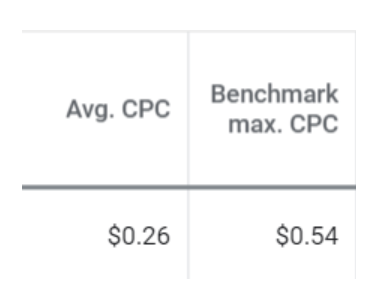
Benchmark CPC can give you an idea if your bid is high enough. The above states that my average CPC is $.26 but Google states the benchmark CPC is $.54.
As merchants drop out of the auction, it’s not surprising to see certain auctions (that you were never eligible for) become available.
We see this happen prior to and during the holidays when a big merchant drops out of an auction because of a shipping deadline (and new merchants pick up that traffic).
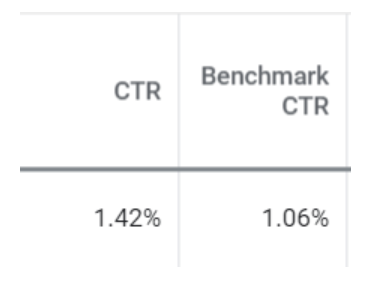
Similarly, you can gauge your clickthrough rate to see if you are outperforming the Google benchmark. If you need to be super-efficient and nimble right now, it’s recommended to push categories where you know your offers are driving more clicks and interest versus the remainder of the market.
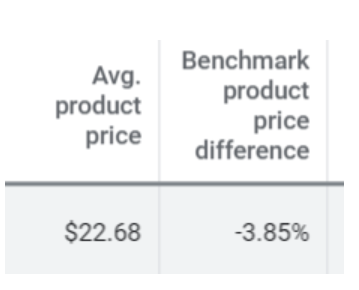
Lastly, in Google Merchant Center and in Google ads, you can actually see price competitiveness now. This can be helpful for you as we are already seeing some merchants slash prices to move inventory quickly. Google will tell you whether your average product price is lower or higher than competitors’ prices.
I will confess this is where things get more difficult! You may want to consider investing in your CRO experience (partnering with an expert agency).
Search volume, competitive click traffic, and click costs are considered “easier” data sets to work with. They have numerators, denominators, and decimal points you can wrap your head around (regardless of what you sell or who you are).
The post-click experience will be a bigger challenge for ecommerce brands going forward as there are many challenges for fulfillment.
Savvy retailers know that customers need the information to be up-to-date. Give your customers transparent info about what’s going on with your fulfillment process. Can they expect to get something on time? If not, include that info. If you don’t have a lot of information and the situation is changing quickly, you should consider adding in a “Last Updated: (date)” with your note.
Some retailers are adding a note about shipping/COVID-19 updates on their homepage but keep in mind that a large amount of traffic coming from Google (and from Retargeting ads) will go straight to the product page(s).
Shipping settings are not necessarily something you have to think about after you set them up in Google Merchant Center.
If you have changes to make now because of Coronavirus, work internally or with your marketing agency to update shipping settings.
You may want to focus on shipping attributes you haven’t explored including “transit time labels” which lets customers know that certain product categories could have longer wait times or special shipping methods. Or display a range for estimated delivery times in your ads by submitting “min/max handling time.”
These changes may seem small but if you’re going to put in the effort to fulfill orders, you want to do everything you can to convert interested customers and give them confidence that there is accurate, up-to-date, transparent information about shipping capabilities.
If you know that you will have fulfillment challenges in the weeks and months ahead with product inventory running low, make sure you are sending frequent updates to your marketing partners with updated inventory counts.
Finding out a product you bought wasn’t actually in stock is not a good experience. It’s a situation that requires your customer service team to spend valuable time reaching out to the customer about oversold inventory when they could be answering more helpful questions for customers.
Don’t guess about the trends and jump to conclusions! Use the data in front of you to ground your understanding of consumer demand and market insights related to your business. If you get overwhelmed, pick a small area to focus on and gain a clear picture of that area.
It is obvious from the past few days that there is a lot of insensitive brand messaging to be cleaned up. It is also obvious there are a lot of people who want to genuinely support at-risk businesses (and the workers that make up these businesses).
There might not be a lot of interest in buying certain types of products right now as life around us changes dramatically every day. There is also a high likelihood that people will want to buy those types of products again.
Above all, focus on your loved ones, your staff, and your customers–in that order. We are all adapting to this new normal and we will all need to be kind to each other as we navigate new terrain.
